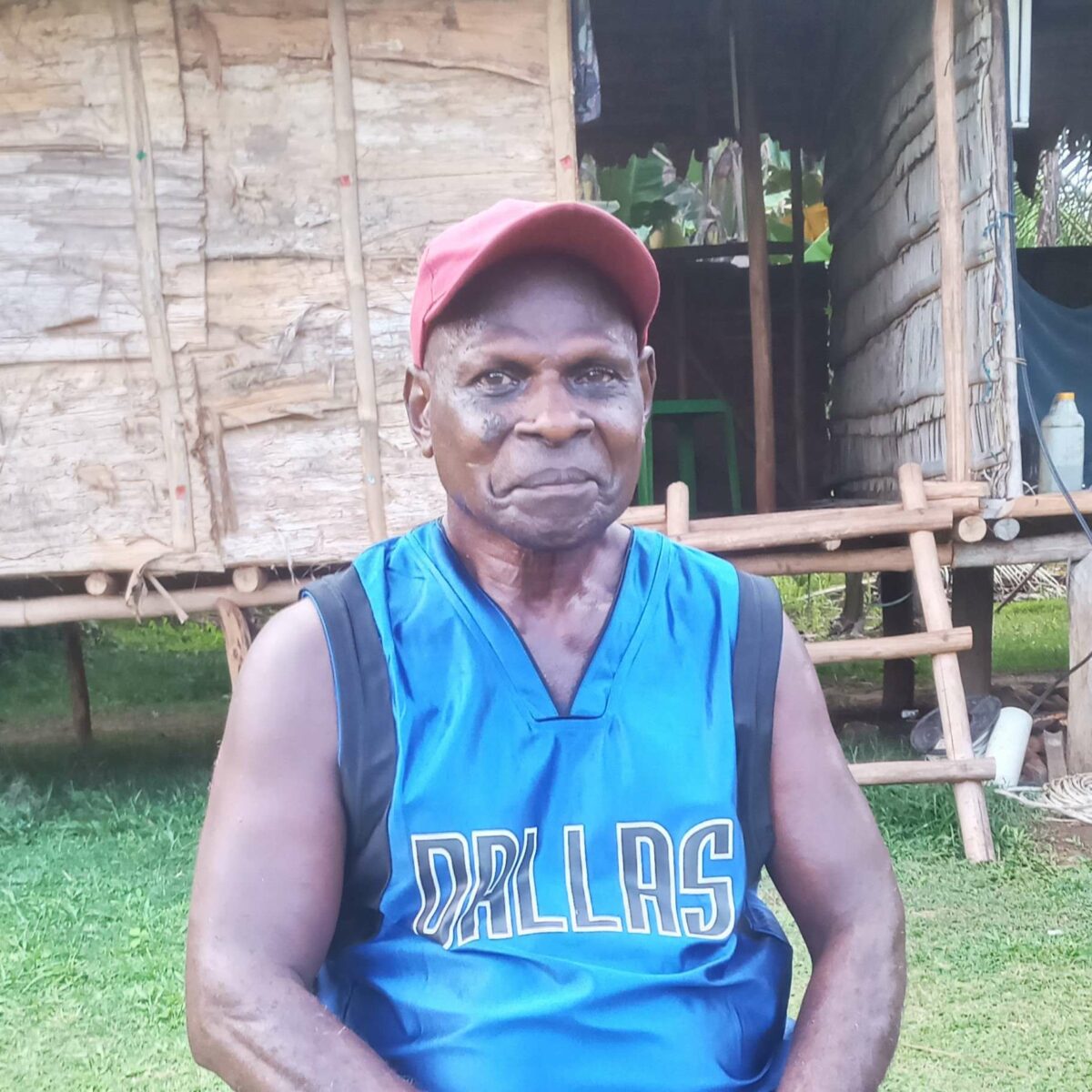The National Fisheries Authority (NFA) and the ATSEA-2 Project from 29 January to 2 February 2023 conducted a study on fish maw fisheries and fishing gear use in South Fly, Papua New Guinea, which has yielded crucial information about the socio-economic status of communities in the area. The project surveyed fishing gear use in several villages located along the eastern, central and western fore-coast of South Fly.
The study revealed that the eastern villages, which are closer to Daru township and Port Moresby, were more likely to sell their marine products in these towns. On the other hand, the western villages, which are located closer to the PNG-Indonesia border and farther from the provincial capital, primarily traded their products in Merauke, Indonesia. Many village communities, including those in central Fore-coast Villages, sold their marine products to local buyers, some of whom acted as agents of traders from Merauke.
Mark Bize, the Head of Bula Village, highlighted that the majority of buying and selling of marine products occurs in Merauke, Indonesia. “Neighbouring villages in the western fore-coast also engage in trade with Merauke due to the considerable distance from Daru,” said Bize in a recent interview.

gathering valuable insights and information about the local fish trade
industry and its impact on the community.
Fish maw was identified as the most valuable fishery resource being traded, with jewfish (Nibea squamosa) fetching the highest average price of US$158 per kg, followed by croaker (Protonibea diacanthus), which sold for an average price of US$ 120 per kg. Interestingly, the prices did not vary much depending on the proximity to the market. Other species from which fish maw is harvested, such as barramundi and catfish, sell for about US$50 and US$6, respectively. Due to their low value, they are not usually targeted for fish maw.
In addition, according to the survey, most fishers in the area use gillnets, with the most common mesh sizes ranging from three to five inches. Surprisingly, the use of gillnets larger than 6 inches in mesh size was found to be prevalent in the western villages closer to the Indonesian border, despite being banned in the area. This size is also banned by the Barramundi Management Plan, which is a national regulation, to prevent the harvest of large, breeding females.
The data collected by the ATSEA-2 Project will be used to revise the project targets for sustainable harvest of fish maw and improved fishing gear use. Furthermore, these targets will be incorporated into the artisanal fishery management plan to be implemented in the fore-coast villages. The study emphasises the need for policies and interventions that promote sustainable fishing practices and equitable access to markets to improve the socio-economic conditions of communities living in remote areas.
In addition to the proximity of markets, the abundance of fish maw species in a village is closely related to the size of the fishing grounds. Although alternative economic activities like agriculture could potentially enhance cash flow in these communities, economic activities in the fore-coast villages are currently limited.
Overall, data collected by the ATSEA-2 Project demonstrate that the proximity to fisheries resource markets has a significant impact on the socio-economic well-being of the inhabitants of South Fly, PNG. The study highlights the need for policies and interventions that can promote equitable access to markets and improve the socio-economic conditions of communities living in remote areas.
This need for support should be preceded with consideration of a traditional practice in the area. In South Fly, a customary approach is to establish taboo zones that prohibit fishing, hunting or harvesting of fish, dugongs or turtles for a certain period before a traditional ceremony. This practice aims to protect these species and allow their populations to replenish before they are harvested for the event.
Accessing markets poses a significant challenge for remote communities due to the scarcity of outboard motor fuel for travelling to these markets. This predicament makes the village community susceptible to unscrupulous traders, who purchase fisheries and marine products. To mitigate this issue, it is also essential to regulate the illicit trade and encourage authorised traders to buy from the village community.
By Kenneth Yhuanje


